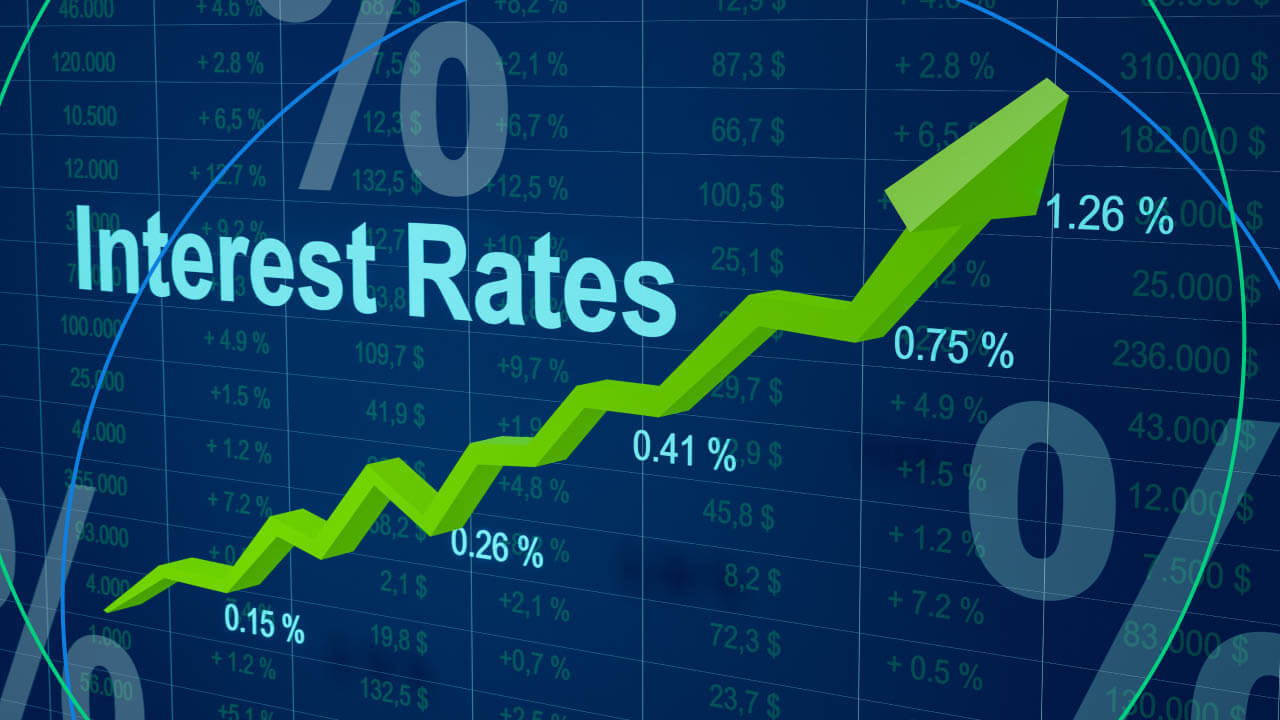The Impact of Interest Rates on Small Business Term Loans

The Impact of Interest Rates on Small Business Term Loans
Interest rates serve as the primary cost driver for small business term loans, directly affecting everything from monthly payments to total borrowing expenses. Understanding how rates impact your business financing can help you make smarter borrowing decisions, time your applications strategically, and structure loans that support rather than constrain your business growth.
Direct Financial Impact on Business Operations
Monthly Payment Calculations
Interest rates directly determine your monthly payment obligations. A $100,000 five-year term loan at 6% requires monthly payments of approximately $1,933, while the same loan at 12% demands $2,224 monthly. That $291 difference represents $17,460 more over the loan term—money that could otherwise fund operations, marketing, or expansion initiatives.
Total Cost of Borrowing
The cumulative effect of interest rates becomes more dramatic over longer terms. A $100,000 loan at 6% costs $115,967 total over five years, while 12% interest increases the total to $133,484—nearly $18,000 more for the same principal amount. This difference can significantly impact your business's profitability and growth capacity.
Cash Flow and Working Capital Effects
- Operating Margin Impact: Higher interest rates reduce your available cash flow for daily operations. If your business operates on 15% profit margins, every additional dollar in interest payments requires $6.67 in additional revenue to maintain the same net income. This relationship makes rate differences particularly impactful for businesses with thin margins.
- Growth Investment Capacity: Lower interest rates preserve more cash flow for reinvestment in your business. The money saved on interest payments can fund inventory expansion, equipment upgrades, marketing campaigns, or staff additions that drive revenue growth and competitive advantages.
Strategic Business Decision Influences
- Project Return Requirements: Interest rates establish minimum return thresholds for business investments. If you're paying 15% on term loan financing, your business investments must generate returns exceeding that rate to create value. This requirement can limit which projects make financial sense and affect your growth strategy.
- Debt vs. Equity Considerations: High interest rates make debt financing less attractive compared to seeking investors or using retained earnings. Conversely, low rates can make borrowing more appealing than giving up equity or depleting cash reserves, influencing your capital structure decisions.
Market and Economic Factors
- Federal Reserve Policy Impact: Small business term loan rates generally follow broader interest rate trends set by Federal Reserve policy. When the Fed raises rates to combat inflation, small business borrowing costs typically increase. Understanding these cycles can help you time borrowing decisions more strategically.
- Credit Market Competition: Increased competition among lenders can drive down rates for qualified borrowers, while market consolidation or economic uncertainty may increase rates. Staying informed about lending market conditions helps you identify optimal borrowing windows.
Risk-Based Pricing Variations
- Credit Score Impact: Your business and personal credit scores significantly influence the interest rates you'll receive. Excellent credit might qualify for rates 5-10 percentage points lower than poor credit, representing substantial savings over loan terms. This difference makes credit improvement a high-return investment.
- Industry and Business Factors: Lenders adjust rates based on industry risk profiles, business age, revenue stability, and collateral availability. Restaurants might face higher rates than professional services, while established businesses typically receive better terms than startups, regardless of the broader rate environment.
Fixed vs. Variable Rate Considerations
- Predictability vs. Potential Savings: Fixed rates provide payment predictability that simplifies budgeting and financial planning, while variable rates might start lower but can increase substantially. During rising rate environments, fixed rates protect against payment increases, while falling rate periods favor variable rate borrowers.
- Business Planning Implications: Fixed rates enable more confident long-term planning since you know exact payment obligations throughout the loan term. Variable rates require more conservative cash flow planning to account for potential payment increases that could strain operations.
Timing and Market Strategy
- Rate Cycle Awareness: Understanding interest rate cycles can inform borrowing timing. If rates are near historic lows, locking in fixed-rate financing makes sense. When rates are high but expected to decline, variable rates or delayed borrowing might be preferable.
- Refinancing Opportunities: Significant rate decreases create refinancing opportunities that can reduce borrowing costs substantially. However, refinancing involves costs and qualification requirements that must be weighed against potential savings.
Optimization Strategies
- Rate Shopping Benefits: Comparing rates from multiple lenders can reveal significant differences. The gap between highest and lowest offers for the same borrower can exceed 5 percentage points, making thorough shopping one of the most profitable activities you can undertake.
- Negotiation Leverage: Strong financial profiles and multiple loan offers provide negotiation leverage. Lenders may reduce rates, waive fees, or improve terms to compete for qualified borrowers, especially in competitive market environments.
Long-Term Business Impact
- Competitive Positioning: Lower borrowing costs provide competitive advantages by reducing operational expenses and freeing cash flow for strategic investments. Businesses with access to favorable rates can invest more aggressively in growth while maintaining financial stability.
- Financial Flexibility: Reasonable interest rates preserve financial flexibility for unexpected opportunities or challenges. High rates can create cash flow constraints that limit your ability to respond to market changes or capitalize on growth opportunities.
Making Informed Decisions
Interest rates profoundly impact small business success by affecting cash flow, growth capacity, and competitive positioning. Understanding these effects helps you evaluate loan offers comprehensively, time borrowing decisions strategically, and structure financing that supports your business objectives while minimizing costs.